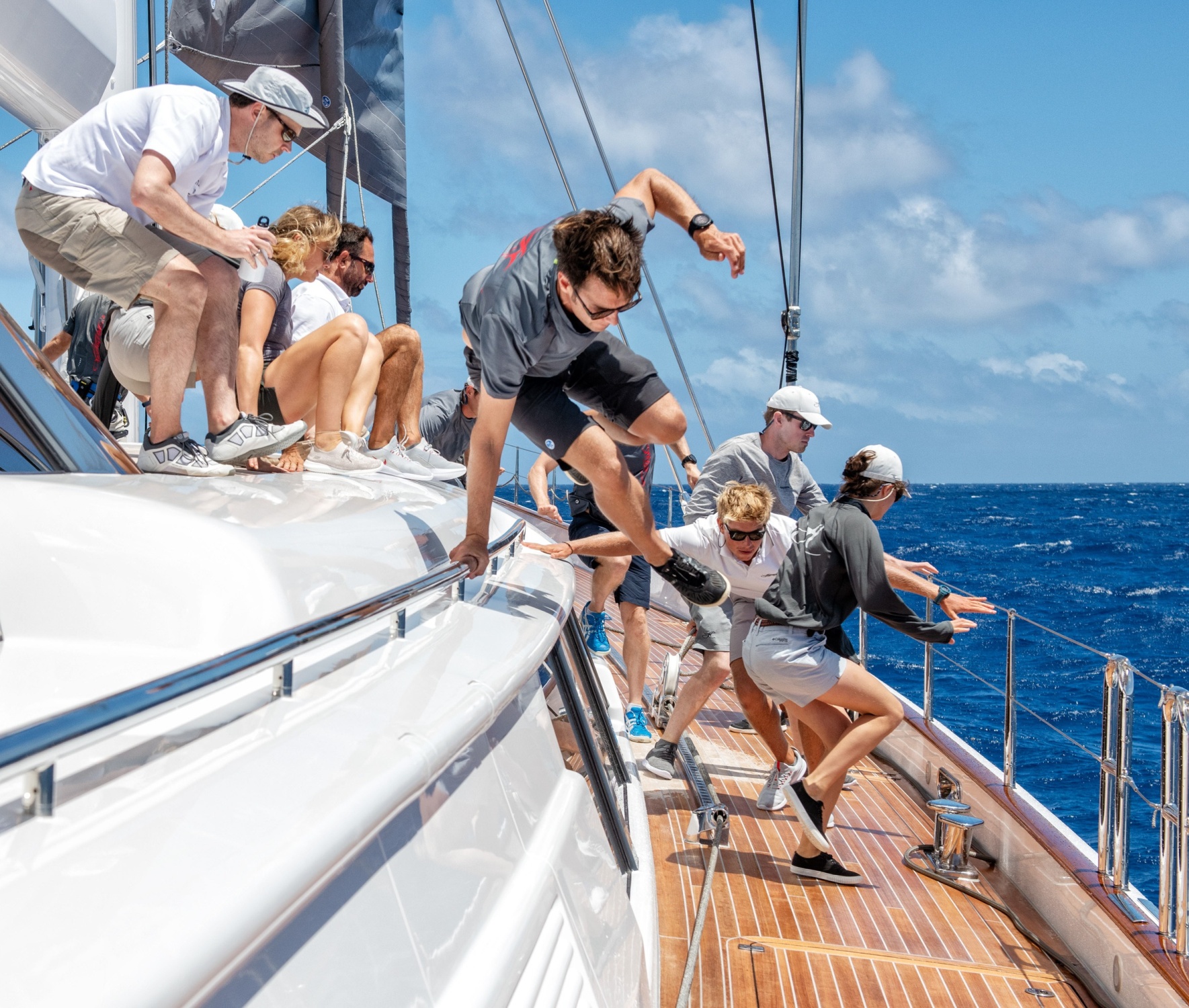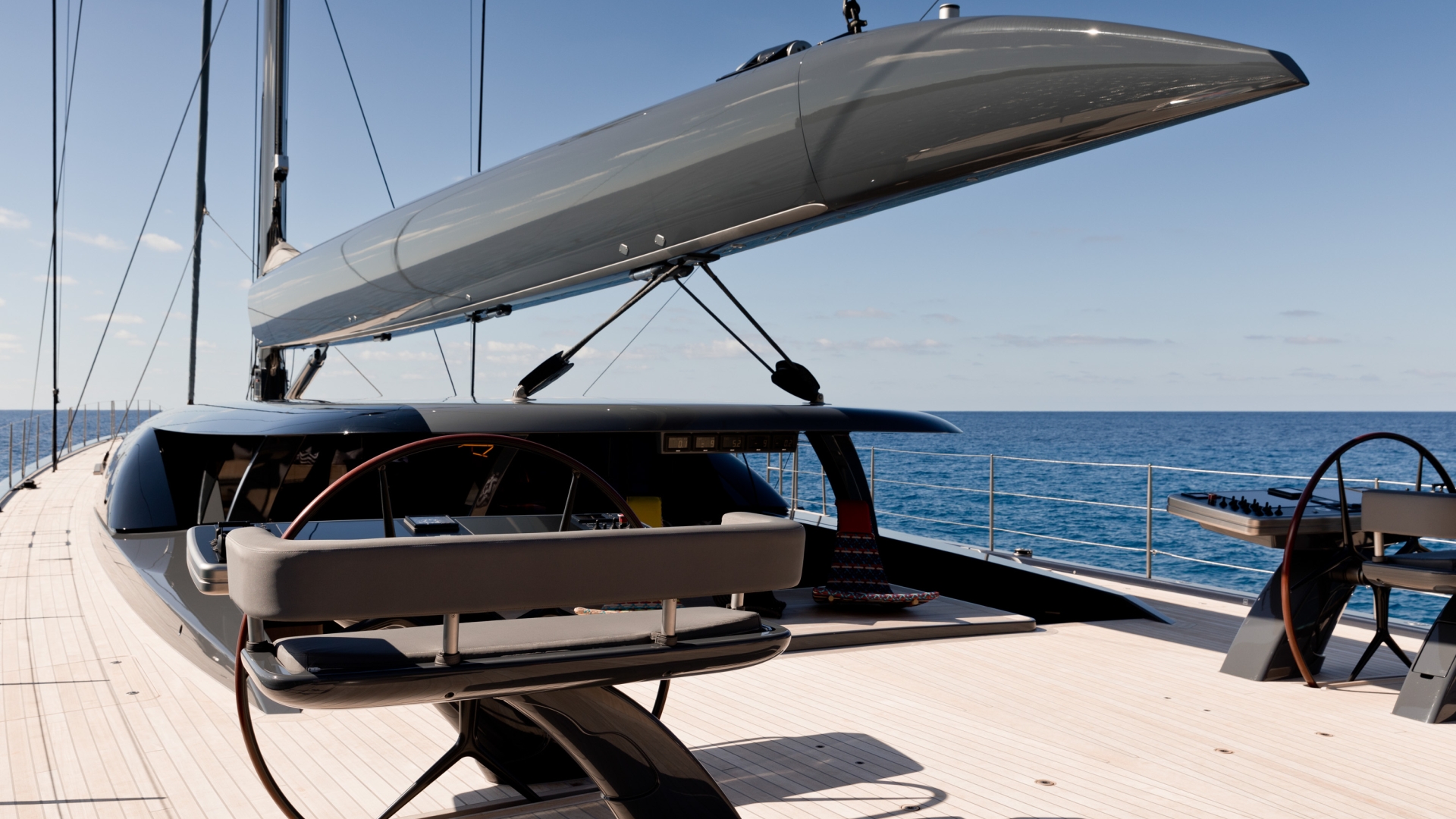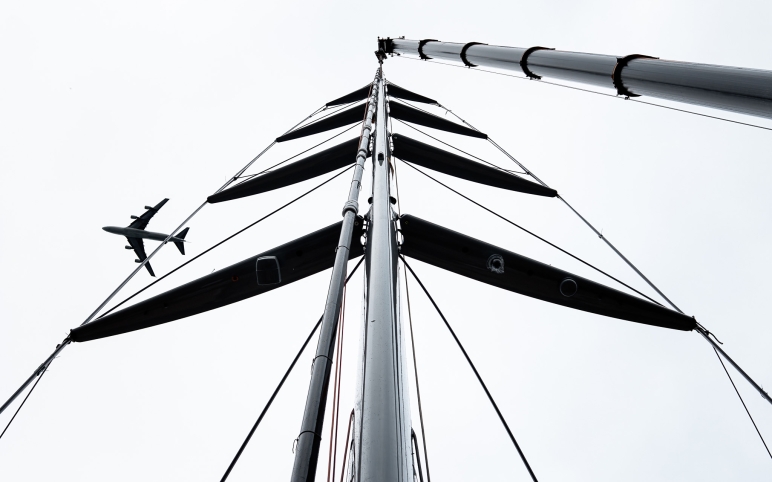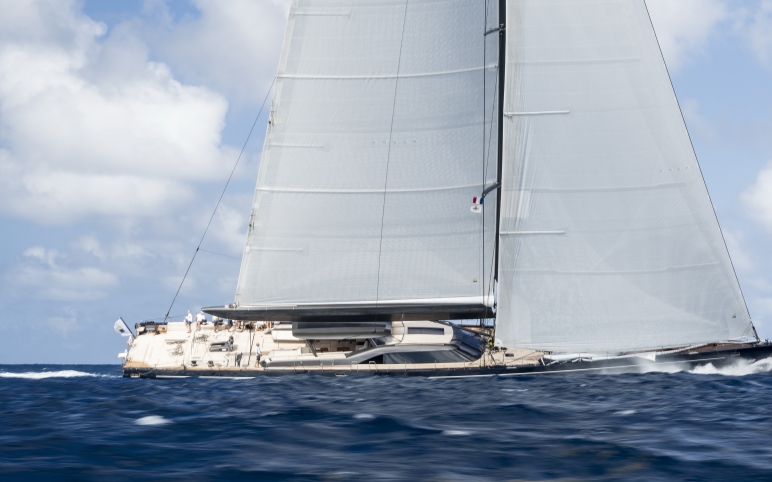Rondal is the only company in the world capable of building a 90+mtr superyacht sailing mast in one piece. How do they do that: Rondal was an early adopter of the innovative OOA (Out of Autoclave) method and has since, for decades now, mastered the art. This allows Rondal to produce without the limitations and expenses of an autoclave.
A TESTAMENT TO OUR
MASTERY OF THE INNOVATIVE OOA
Rondal is globally recognized for its pioneering approach in crafting seamless, extraordinary superyacht sailing masts that are built in a single, unified piece. Our distinctive capability is a testament to our mastery of the innovative Out of Autoclave (OOA) methodology, an approach we've perfected over decades. Rondal has embraced the OOA technique, allowing us to create masts that are not only exceptionally large but also remarkably elegant and structurally sound.
FOCUS REMAINS ON OUR STRENGTHS
At Rondal, our focus remains on our strengths. We've refined the OOA method to achieve a more streamlined and adaptable production process. This flexibility empowers us to fashion masts of any diameter and length, giving us a considerable edge in the industry. This methodology has found its place not only in the maritime sector but also in demanding industries like automotive and defense.
Rondal takes pride in its ability to construct one-piece masts, which, thanks to our large prepreg curing ovens, can extend up to 90+ meters in length. Our process involves creating thin carbon composite molds that not only shape the mast but also contribute to its structural integrity.
With a focus on OOA, internal patching, compression tubes, and conduits are integrated before pre-assembly, minor fairing, and painting.
A RESULT OF OUR EXPERTISE AND EXTENSIVE EXPERIENCE
Our achievement in being capable of crafting such grand one-piece masts hasn’t been a stroke of luck or an overnight success. It's a result of our expertise and extensive experience, defining our dedication to refining the OOA method and pushing the boundaries of what's achievable in
the industry.




.jpg&resolution=772x482&quality=100)

